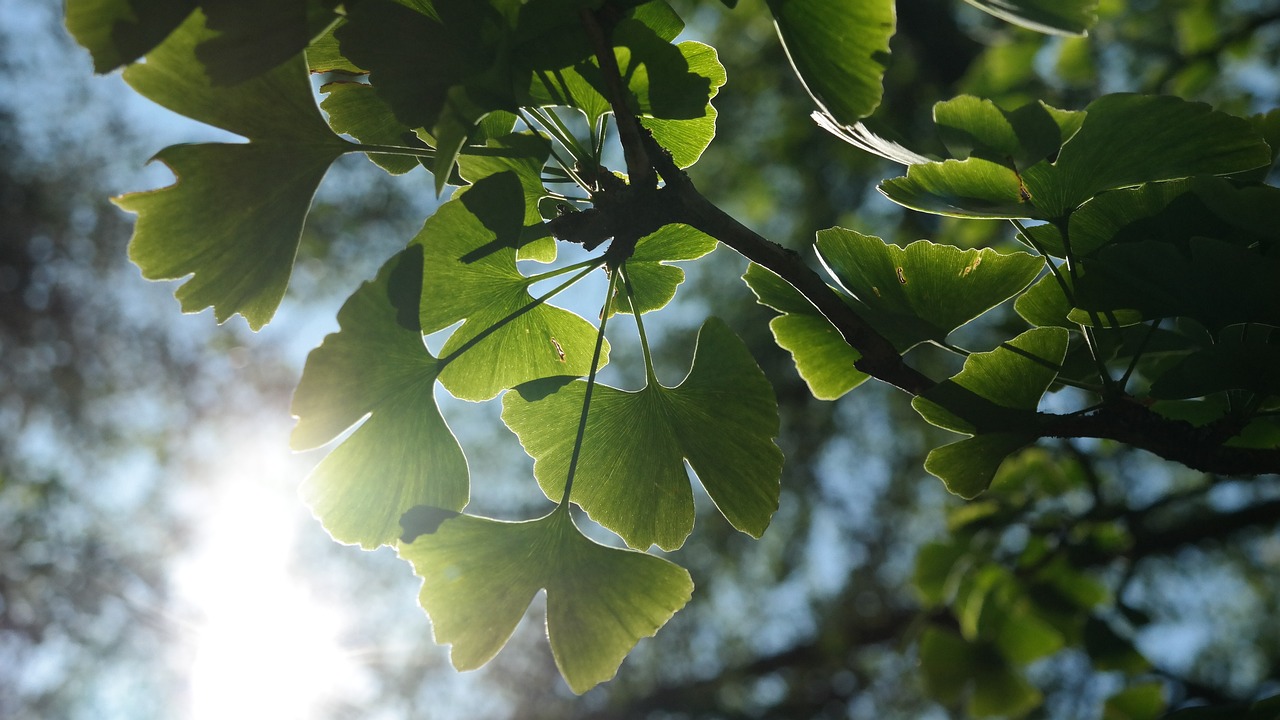Potted plants bring life, color, and vitality to any space, whether it’s a cozy apartment balcony or a sunny kitchen windowsill. However, keeping these green companions thriving requires a little know-how and a lot of love. In this guide, we’ll delve into the essential practices and techniques for successfully caring for plants in pots, empowering you to cultivate a flourishing indoor garden.
Choosing the Right Plants and Pots
Before diving into care routines, it’s crucial to select the right plants and containers for your space. Consider the environmental conditions of your home, including light levels, humidity, and temperature. Opt for plants that match these conditions to set yourself up for success. Additionally, choose pots with drainage holes to prevent waterlogged soil, promoting healthy root growth.
Optimal Watering Practices
Watering is perhaps the most critical aspect of potted plant care. Striking the right balance is key, as both under-watering and over-watering can harm your plants. Check the moisture level of the soil regularly, aiming for a slightly damp consistency. When watering, ensure that water flows freely through the drainage holes, allowing excess water to escape. Adjust your watering frequency based on factors like plant type, pot size, and environmental conditions.
Providing Adequate Sunlight
Light is essential for photosynthesis, the process by which plants convert light energy into chemical energy, fueling their growth. Different plants have varying light requirements, ranging from full sun to partial shade. Observe the sunlight patterns in your home and place your plants accordingly. South-facing windows typically receive the most light, while north-facing windows tend to be shadier. Rotate your plants regularly to promote even growth and prevent them from leaning towards the light source.
Fertilizing for Nutrient-Rich Soil
While potting soil provides essential nutrients initially, these can deplete over time as plants grow. Fertilizing replenishes these nutrients, promoting healthy foliage and vibrant blooms. Choose a balanced, water-soluble fertilizer and apply it according to the instructions on the packaging. During the growing season, typically spring and summer, fertilize your plants every two to four weeks. Reduce frequency in fall and winter when growth slows down.
Maintaining Proper Drainage and Air Circulation
Good drainage is crucial for preventing root rot and other moisture-related issues. Ensure that your pots have adequate drainage holes and use well-draining potting mixtures. Additionally, promote air circulation around your plants by spacing them appropriately and avoiding overcrowding. Prune away any dead or yellowing leaves to improve airflow and prevent the spread of disease.
Monitoring for Pests and Diseases
Potted plants are not immune to pests and diseases, so it’s essential to remain vigilant. Keep an eye out for common pests like aphids, spider mites, and mealybugs, as well as signs of fungal or bacterial infections. Early detection is key to preventing infestations and minimizing damage. If you notice any issues, promptly isolate affected plants and treat them with appropriate remedies, such as insecticidal soap or fungicides.
Regular Maintenance and Pruning
Regular maintenance tasks, such as pruning and grooming, help keep your potted plants healthy and visually appealing. Remove dead or yellowing foliage, spent flowers, and leggy growth to encourage new growth and maintain shape. Pruning also helps control the size of your plants, preventing them from outgrowing their pots. Invest in a quality pair of pruning shears and sanitize them between uses to prevent the spread of disease.
Conclusion
Caring for plants in pots is a rewarding endeavor that allows you to bring the beauty of nature into your home. By following these essential tips and techniques, you can create an indoor oasis filled with thriving greenery. Remember to tailor your care routine to the specific needs of your plants and environment, and don’t be afraid to experiment and learn along the way. With patience, practice, and a little tender loving care, you’ll become a master of potted plant parenthood.





